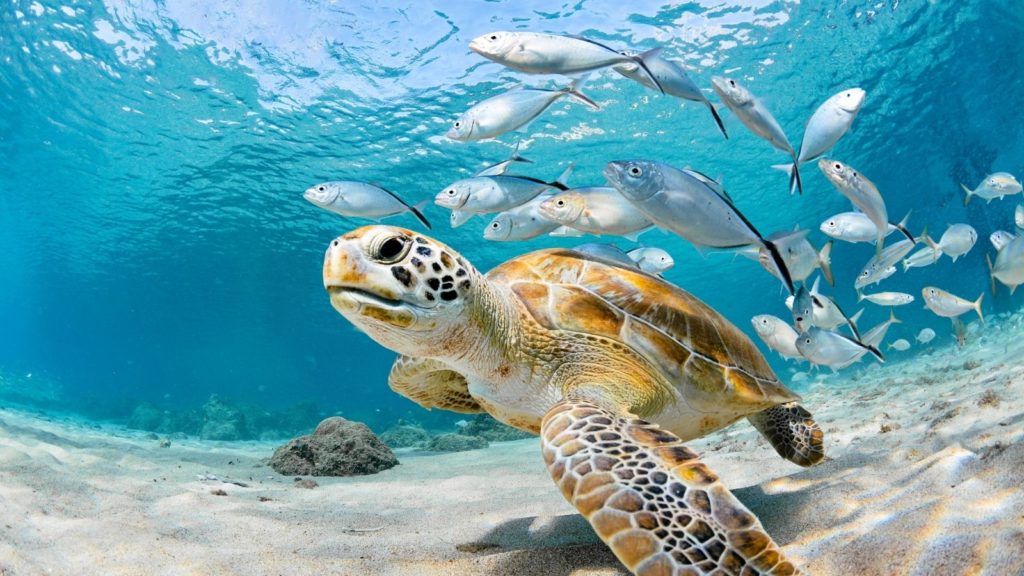The ocean is filled with creatures that are struggling daily for survival. Sealife will remain in danger as long as fish and sea turtles swim next to wrecked airplanes, oil, chemical discharge, and plastic. There are so many programs that aim to protect marine life. One of which is the program initiated by the Saudi National Center for Wildlife to protect sites of endangered sea turtles.
Sea turtles
The ocean has seven species of sea turtles, five of which were recently discovered in the Red Sea and Arabian Gulf of Saudi Arabia. They were rescued by the Saudi National Center of Wildlife to be rehabilitated. Those five species are called Olive Ridley, Loggerhead, Green, Hawksbill, and Leatherback turtles.
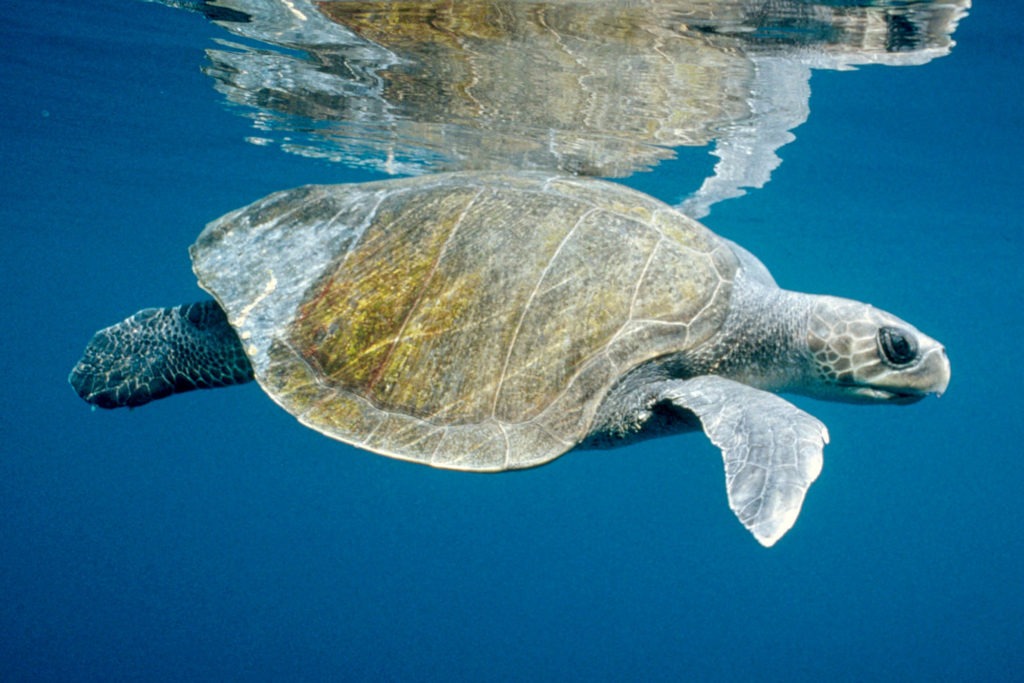
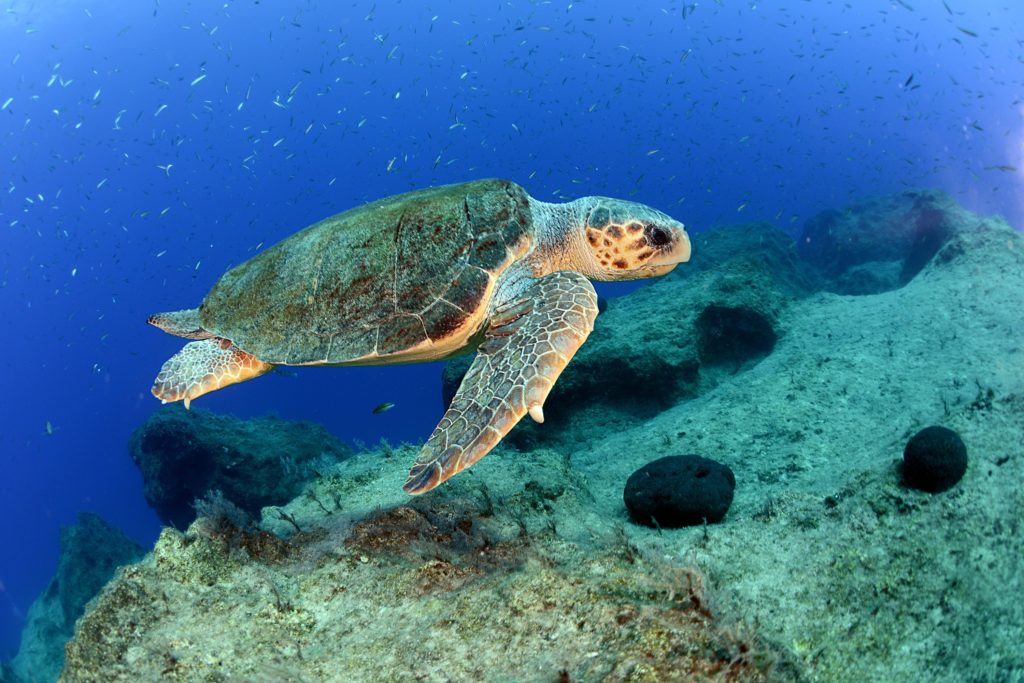
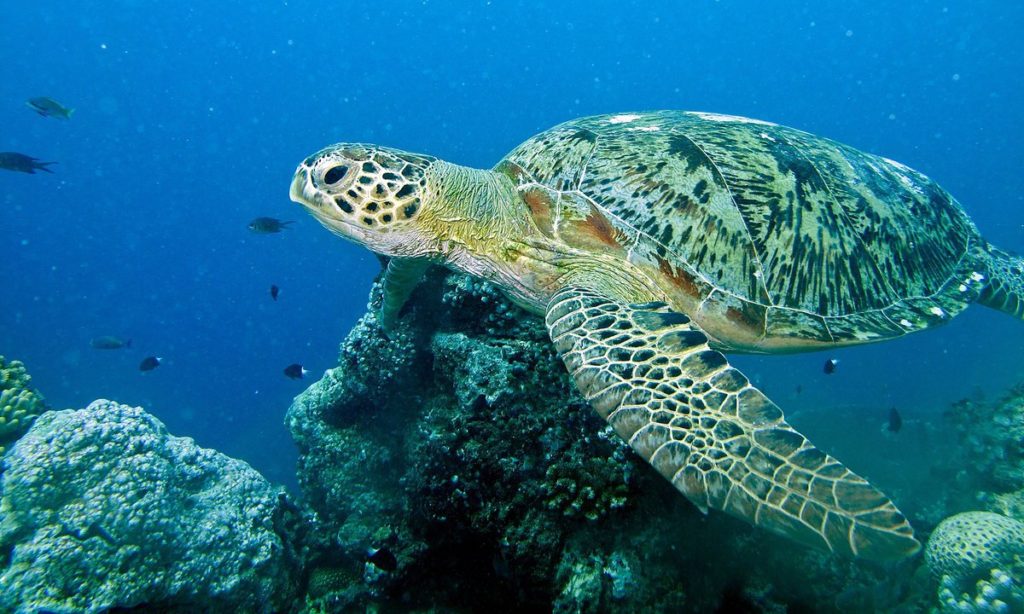
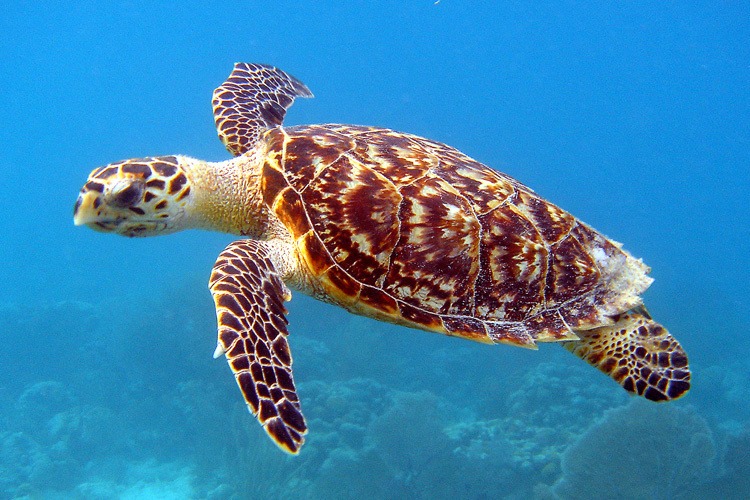
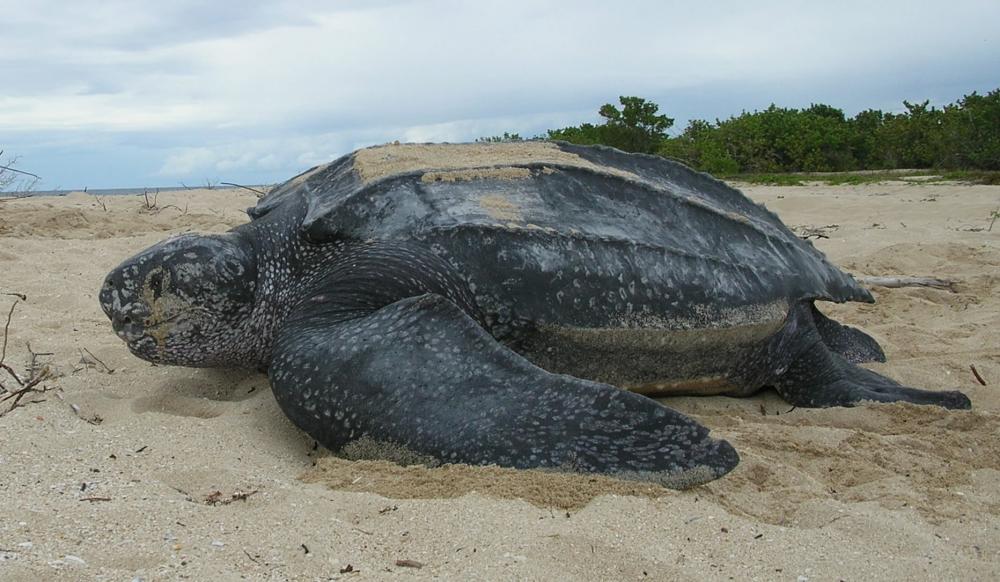
Sea turtles spend most of their lives 3,000 feet under the sea. They go to the shore to lay about 60 to 160 eggs during nesting season. While sea turtles are endangered in a polluted ocean, humans and natural predators also pose a threat to them. Laid eggs on the shore are at the risk as crabs, birds and even raccoons might eat the eggs. Moreover, sea turtles are even hunted for consumption and illegal trade. The World Wildlife Fund categorized the Loggerhead, Olive Ridley and Leatherback sea turtles as vulnerable; meanwhile, the Green and Hawksbill turtles are classified as endangered.
To save the turtles, creating a balance in the marine ecosystem is crucial. Reaching that goal entails actually taking action, and that’s exactly what Saudi Arabia is doing.
The Saudi program
The Hawksbill and Green turtles were found in many nesting places in Saudi waters by the Arabian Gulf and the Red Sea. That includes the islands of Karan and Jurayad, Farasan Island, Ras Al-Shaaban, Sanafir Island and much more. The rescued turtles are safely in the waters of Waqadi Island, which is an area protected by the Red Sea Development Company.
Having found those nesting places, the Saudi National Center for Wildlife now is focused on protecting and restoring those sites to maintain a healthy environment for them to live in. Restoring marine biodiversity will be done through initiatives, rehabilitation programs, and research studies.
The Saudi National Center for Wildlife is not the only place taking action. Additionally, Neom city initiated many programs to protect specifically the Hawksbill sea turtle. Red Sea Development Company and King Abdullah University of Science and Technology are working on saving sea life and turtles through initiatives.


